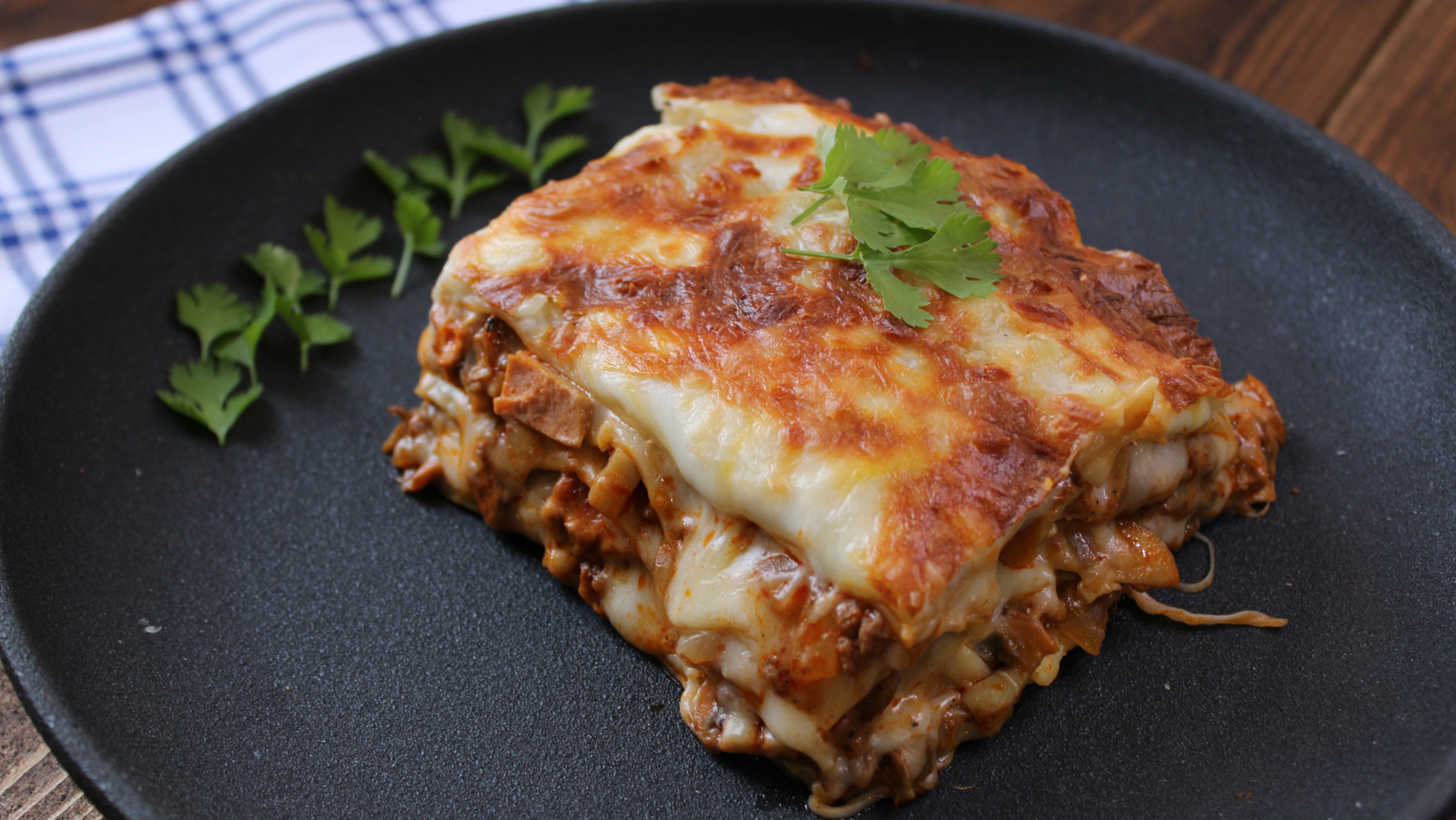
Reviews and recommendations are unbiased and products are independently selected. Postmedia may earn an affiliate commission from purchases made through links on this page. One afternoon in early March I found myself digging into a thick slab of the best prime rib I’ve eaten in my life.
The meat was perfectly cooked with well-distributed fat for maximum flavour and served with gravy, horseradish and mashed potatoes. It’s a meal I’ll dream about for years to come. This is where I’d normally name the restaurant where this remarkable piece of beef was served.

But my experience didn’t take place at a restaurant. In true farm-to-table style, I was eating at Belvin Angus, a ranch located north of Calgary near Innisfail. My dozens of dining companions were a mix of ranchers, their families, and curious onlookers gathered in a common room adjacent to a hall where over 100 purebred Angus bulls were about to be auctioned off to the highest bidders.
Many Calgarians have caught a glimpse of picturesque cattle ranches in areas surrounding the city, even if just from the passenger seat of a car. Mostly, those cattle roaming about the rolling hills will be harvested for meat. The March 4 auction at Belvin Angus was a step further back in the journey from cattle ranch to table – Belvin was selling bulls to other ranchers intending to improve the genetic qualities of the buyers’ herds.
My prime rib lunch wasn’t just an act of Western hospitality, though treating customers and neighbours right is certainly part of the auction tradition. That taste of Angus gave me a pretty good idea of what superior breeding can bring to the plate. I attended the sale at the invitation of Scott Hergott, who is executive chef for the Pursuit Group’s Banff properties and oversees restaurants including Brazen, Sky Bistro, and Farm and Fire.
Hergott exclusively buys certified Angus beef for his restaurants and strongly believes the careful breeding put in by ranchers like Belvin makes for better meals. “For us to know the animal is going to have great marbling and to know the tenderness of the animal based on the breed is very important,” Hergott says. “It’s why we like certified Angus beef – they really take the time to get to know the qualities of the animals.
” Hergott doesn’t buy his beef directly from a ranch, but he wanted a better look at Belvin’s genetics program, which takes breeding down to a literal science. Buyers attending the auction can access information on each animal’s bloodline, genomic data, and other indicators through a series of numbers called Expected Progeny Differences (EPDs). Ultrasounds are even used to determine the marbling quality of the bulls’ ribeye area.
It’s part of the process few of us consider when we’re pricing beef at the grocery store. “A lot of people know Angus is quality,” says Colton Hamilton, part of the second generation of the family that owns and operates Belvin Angus. “But I don’t think they realize the detail and the amount of science and research that goes into making the steak they eat so consistently good.
”.














